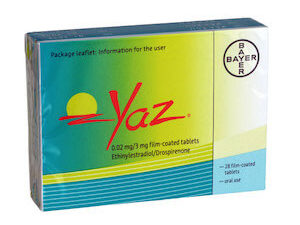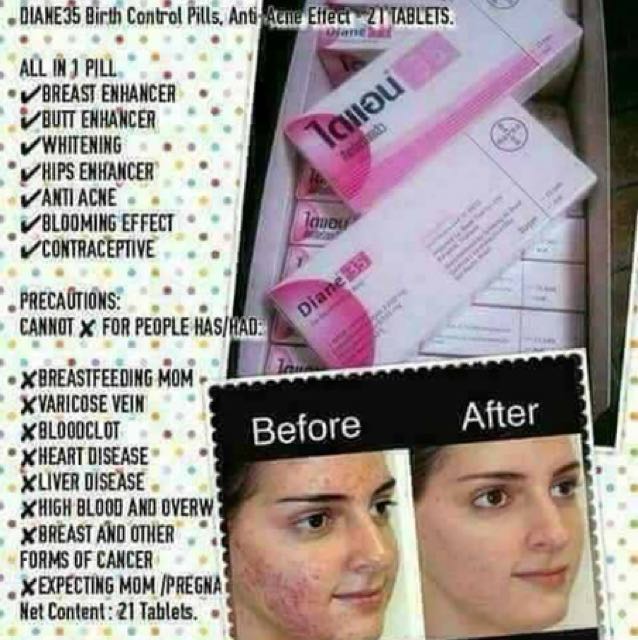

These are signs of deep vein thrombosis (DVT).

These symptoms may persist for some time after you cease to use Diane 35, as your hormone levels readjust. Another "side effect", since Diane 35 is not primarily a contraceptive, is the inability to get pregnant. Like any medication that contains a combination of estrogen and progestogen, Diane 35 may cause nausea and possible vomiting, painful periods, breast tenderness, libido changes, weight changes, altered vaginal discharge, and PMS-like symptoms. What Side Effects Can You Expect On Diane 35? While all of that may make Diane 35 sound so scary that you no longer want to take it, you should be aware that nearly all medications come with similar scary contraindication lists, and that it is simply important for you and your doctor to figure out whether any prescription drug is likely to meet your needs without causing undue harm before you begin taking it. You also need to have a serious chat with your doctor before taking Diane 35 if you smoke, have a history of depression, have uterine fibroids, have vision problems, wear contact lenses, suffer from edema, or are obese.
#Birth control diane 35 acne professional
Professional bodies that investigated the safety of Diane 35 concluded that its benefits outweigh its risks when prescribed correctly. If you do use Diane 35, you should not use another hormonal contraceptive at the same time. Its manufacturer, Bayer, warns that Diane 35 should not be used solely as a birth control pill, however - this medication is designed to be used for other purposes, and if you simply want a contraceptive, you have many other options at your disposal.

It is an antiandrogen and progestogen, which is why Diane 35 is mainly prescribed to treat medical conditions dependent on androgens - hormones such as testosterone and androstenedione. Diane 35, or just Diane, is a medication that combines cyproterone acetate and ethinyl estradiol.


 0 kommentar(er)
0 kommentar(er)
